Taking a ‘benefits led’ approach to modern commerce transformation
A compelling backdrop for change
Modern commerce, comprising cloud native, serverless, microservice and API led architectures, promotes openness so that newer best of breed functions can be adopted quickly across channels and operations.
This makes the shift to modern commerce architectures a compelling backdrop for change.
These technologies can help organisations break away from large, complex, hard to change systems, supporting a new modern blend of off the shelf solutions and in-house self-designed and configured software components and services.
These can then rapidly support the creation of unique customer experiences across both online and offline channels.
Implemented well and supported alongside existing - what some might call ‘legacy’ - technologies, they allow businesses to move quickly without having to change too much at once.
More releases of technology, more often, with lower risk each time, creates pace for businesses. Those who do it well are those that are doing well.
Approaches to the modern store
Despite the challenges of monolithic systems, most retailers have managed to deliver on their multi-channel customer promise through clever approaches to integrating systems that have not been designed to work together.
As retail increasingly centres around a single view of the customer, dynamically unifying channels and experiences is fundamental to driving the success of the modern store.
A design led approach to adopting modern commerce does not have to rely on a single change program, nor a replacement of everything that already works.
Below are four benefit led approaches we are seeing retailers take to deliver change. These can be implemented independently or concurrently, but supporting them with the right technology operating model is important to success.
1. Building in the cloud
Cloud native architectures have fundamentally changed the pace of software and functionality delivery.
Getting started on a modern commerce journey no longer requires a full ‘rip and replace’ of existing systems.
Increasingly, retailers are adopting modern commerce and cloud native toolsets to get started. The relative cost of entry is low for technology teams that already have architecture and development skills in-house, or through their delivery partners.
In addition to lower run cost considerations, scalability, flexibility, security and resilience are further benefits that Cloud can offer, supporting retailers’ long term business cases.
2. Implementing and integrating leading retail platforms
There has been a rapid shift to cloud native in the packaged software vendor market. Incumbent on-premise and SaaS vendors have re-purposed their extensive sets of feature rich capabilities and their delivery approach (commonly DevOps).
Alongside this, many newer and emerging vendors are also become recognised as creating leading retail platforms and components in a rapidly changing market.
This is increasingly being recognised within in-store ‘experience transformation’ - such as promotions, self-scan apps, mobile commerce and clienteling - and back office solutions, like order management, pricing and inventory management.
3. Mobilising where you can
The benefits of mobile are well understood in retail. The ability to bring the transaction capture to the customer in many formats (tablet, kiosk, self-scan), allows retailers to drive more agility into their store.
This agility supports assisted selling, concierge services, appointments, queue busting and improving the interaction with customers. It also drives productivity and, if implemented well, can lower costs substantially.
Modern commerce architectures can further enhance mobility strategies in stores, as they lower the hardware burden and physical back-end requirement in distributed estates.
This is where the financial benefits can really accelerate, as the total cost of operation can be designed to be far lighter on hardware inventory, logistics and maintenance.
4. Make payment work
Payment is the critical digital touchpoint to ensure a customer experience feels secure, convenient and personalised.
Building customer journeys that support contactless, mobility in store and compliance with international taxation regulations requires approaches that go beyond traditional service provider deployments.
Modern commerce architectures offer a way to move quickly and develop alongside existing solutions. When tied together with end point technologies that are flexible and agile, payment can quickly become an enabler rather than a hindrance to strong customer experiences.
Bringing it all together
Retailers can adopt modern commerce approaches in store in many different forms. What is important is that they are unique to their goals and plans for delivering engaging, trusted, convenient and personalised experience for shoppers.
The key to getting started is typically to move quickly into a ‘trial and learn’ approach to prove the business benefits of concepts. Getting access to your own cloud and microservices, or buying best of breed, can happen at pace and at relatively low cost with the help of the best vendor and service provider partners.
To support retailers in this area, we have created an in-depth insights paper sharing our experience in this area and making recommendations on how to select implementation and service partners.
About the author:
Rich Lowe is CEO at PMC Retail. He is passionate about building teams to deliver solutions and services that deliver meaningful change for customers.
His background in operational management, IT strategy and software services, uniquely positions him to understand the challenges of IT leaders today and ensure PMC is best placed to respond to them.



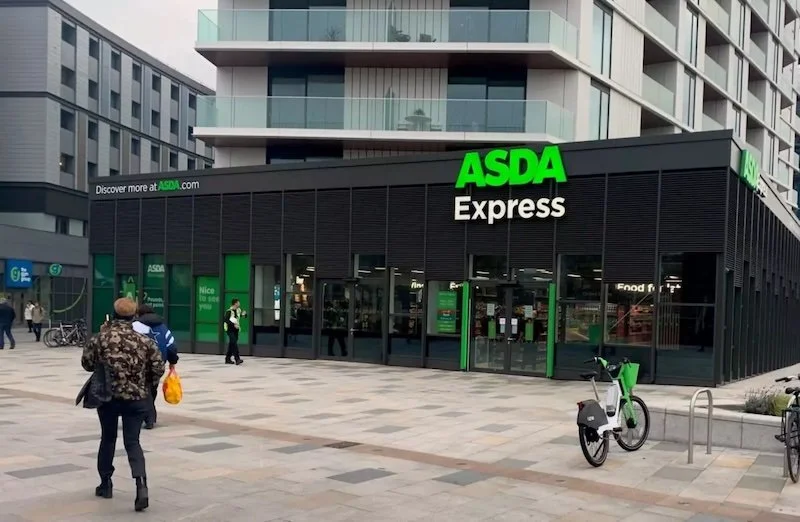
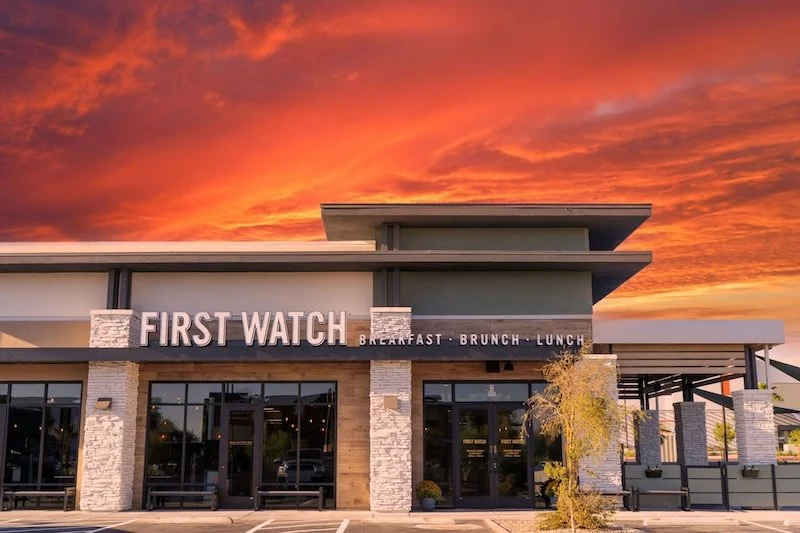


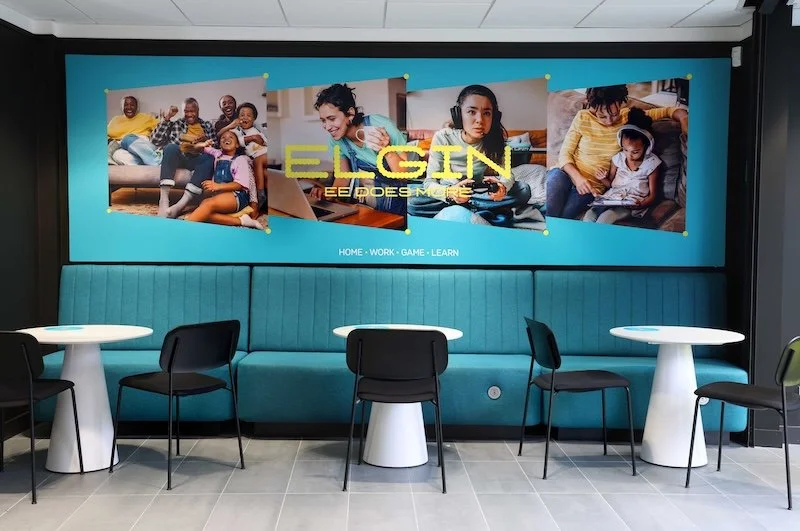

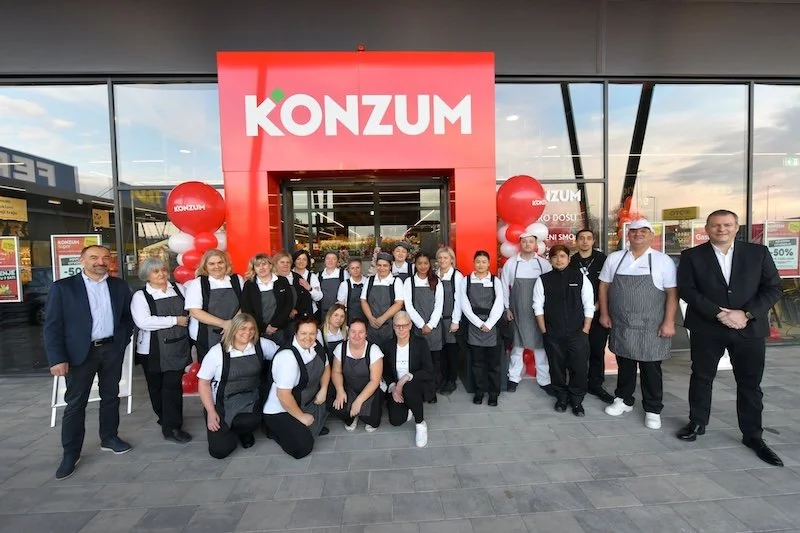




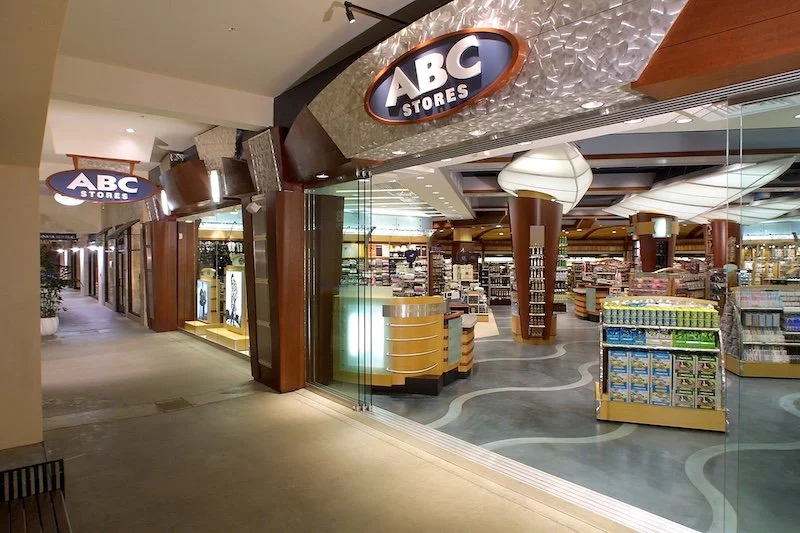
Continue reading…